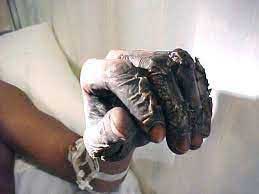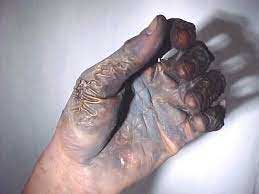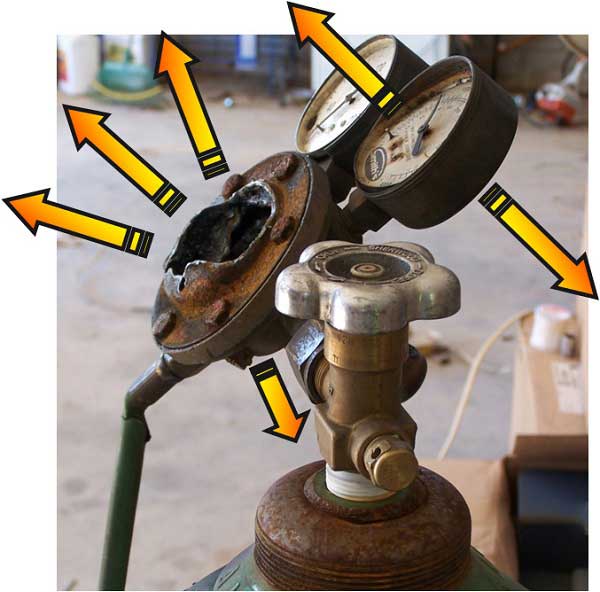
Oxygen and Hydrocarbons
Oxygen under pressure and hydrocarbons (oil and grease) can react violently, resulting in explosions, fire, and injury to personnel and damage to property.
Never allow oil or grease to come into contact with pressurized oxygen. Even a small amount of hydrocarbon can be dangerous in the presence of high oxygen concentrations. In fact, any organic substance that comes in contact with oxygen under pressure can cause a violent reaction.
Installation precauttions
| DO | Maintain the pressure element assembly and connection free from dirt and any grease or grime. |
| DO | Follow the manufacturer’s instruction manual for the correct pressure ranges to be used and for proper care and storage. |
| DO | Use the proper size wrench to secure the gauge to the regulator. |
| DO | Use only the thread sealant recommended by the manufacturer. |
| DO | Leak test the gas outlet connection using soap solution prior to use. |
| DO NOT | Touch Oxygen regulators or cylinder heads with hands or gloves that are contaminated with oil grease, grime or any organic material. An explosion could result. |
| DO NOT | Install a low pressure gauge into the high-pressure port on a regulator. Always double check. |
| DO NOT | Use gauges designed for a specific gas for a different gas. E.G. Never use an oxygen gauge for acetylene. From one gas application to another. |
| DO NOT | Exchange gauges from one regulator to another. DO NOT Remove the restrictor installed in the gauge connection. |
| DO NOT | The restrictor limits gas flow and aids in limiting temperature rise due to adiabatic compression. |
| DO NOT | Use or handle gas regulators unless you are authorized and qualified to do so. |

Example of oil in contact with oxygen under pressure. This worker, employed by a construction contractor in Nigeria, had oil on his left hand while adjusting the pressure on an oxygen regulator. There was an oxygen leak at the hose clamp.

Precauttions fot use
The gauges may malfunction during use, and the energy in the compressed gases can have violent consequences if the pressure element element breaks.
| DO | Always apply cylinder pressure slowly. The gas may heat up due to compression and ignite. This is called adiabatic compression. |
| DO | Stand with the cylinder between you and the regulator when turning on the gas cylinder. This will reduce the possibility of injury from flying parts should pressure element assembly rupture. |
| DO | Use good judgment and common sense. Know the hazards of the materials you work with. |
| DO NOT | Use clamps or substitute materials that are not approved by the regulator manufacturer. |
